How To Freeze Celery
When you buy through our links, The Breslin may earn an affiliate commission. Learn more
My guide for how to freeze celery saves you from confusion and frustration while dealing with so much leftovers. Celery is a tiny but indispensable herb in some dishes, including soups and stir-fries. However, each time you only need a few ribs of celery that recipes may require. That ultimately results in leftover heaps waiting to be spoiled and dumped into the trash bin.
Then freezing fresh celery helps this situation. Celery is hard to freeze due to its high water content unless you know the key. The main idea is blanching it before you freeze it, and everything will stay the same.
By freezing fresh celery properly, you can store celery for long uses but still keep as much as celery’s flavor and work well on your soups.
How Do I Freeze Celery?
Celery is always sold in a whole plant without the root. But most of the time you won’t be able to use it all in a recipe or a meal so leftovers are unavoidable. To make the most of celery, freezing them is a must. These simple steps will help you:
1. Wash: Wash celery thoroughly because once frozen, you won’t have a chance to clean your vegetable before putting them in the soups
2. Chop: Another step helps freezing process is easier after celery is completely frozen
3. Blanch: Amost vegetable benefits from blanching before freezing
4. Flash Freeze: Quick chill celery at extremely low temperature
5. Package: Keep your fridge orderly by using airtight containers
6. Long-time Freeze: The final step to store frozen celery up to a year
The freezing process isn’t complex at all. Nevertheless, the frozen results would be even more satisfying when you read this guide carefully for further detailed tips.
What Is Celery?
Instead of jumping right into my step-by-step guide that shows how to freeze celery properly, let’s figure out what exactly celery is!
Celery is a herbal herb of the Apiaceae family, including carrots, parsnips, parsley, and celeriac. Celery is a familiar vegetable used in a bunch of delicious recipes. Therefore, it is widely grown in the world, especially in areas with subtropical and temperate climates.
Celery is not only served with dishes but also widely used to make medicine due to the wide range of health values it brings.
Health Values
The composition of celery includes 90% water. It provides a considerable portion of fiber; however, it is low in protein, calories, carbs, and cholesterol.
Therefore, it frequently appears in diets for weight loss. Additionally, the modest content of cholesterol in celery offers tremendous advantages to human health.
Celery helps your body purify the blood, strengthens the nervous system. Celery also holds a massive quantity of calcium. It includes a wide variety of vitamins essential for the body, including vitamin A, C, B1, B2, D, especially vitamin K. A wide variety of amino acids from celery support every part of your body.
Uses
Celery is eaten around the world as a vegetable whose whole plant is edible. Americans use the crispy stalks most. The leaves have a strong flavor and are used less often.
It may not often be a staple in a recipe; nevertheless, it is a base of many dishes. In some recipes, such as Louisiana Creole dishes and Cajun cuisine, celery is almost a must.
Celery is eaten raw and cooked, and the leaves can also be used as a garnish. A dish of tasty oysters stew with a pinch of celery leaves is super mouth-watering. Savory canned oysters stew with a mild celery flavor can soften any busy people.
Americans also favor drinking celery juice because they believe that juice helps them consume even more celery to boost this vegetable’s health values. Furthermore, it is also a great option if you are in search of a substitute to replace sugary beverages due to its shortage of sugar.
How To Freeze Celery
It may sound to give a bunch of hassles as freezing celery but still keep its featured flavor. Luckily, I have the proper tips. Follow my footprints to discover how.
Preparation
Before jumping into the freezing process, let’s have a preparation step. You should collect things in the list below to avoid discontinuity of the process.
- A pot of water
- A bowl of ice water
- A knife
- A cutting board
- Airtight containers
- Soft towels
- Baking sheets
- Parchment papers
Notes: Fresh, crisp stalks of celery will give the best effects when freezing. Some limp celery would require to be cut the bottom off and placed in water to rehydrate before processing. This video shows how it works.
Freezing Celery Guide
After proper preparation, you’re ready to turn fresh celery into a long-lasting frozen veggie by following this step-to-step guide.
1. Wash:
Give the celery a good rinse under running water. Dirt hides deep inside. So trim the base of each stalk to wash away anything that is clinging at the bottom. Don’t forget to pull off any discolored portions of the celery stalks.
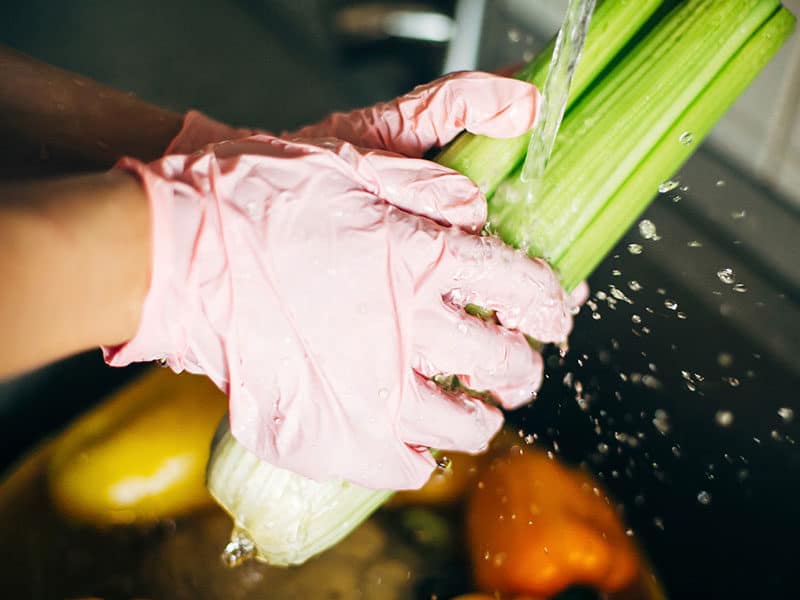
After washing, you should pat dry the celery because the stacks will be easily rotten when in contact with water. Don’t forget to peel out all tough strings from stalks to finish this step.
Notes: In this step, you would separate celery leaves from stalks to freeze or dry solo. I will give a detailed guide to freeze the leaves below.
A cook shared his skill to wash and peel celery before use properly in this video. Check it now!
2. Chop:
Frozen celery will lose its crisp texture, and it won’t be easy to chop it into shapes, so cutting before freezing is required.
You should consider how you plan to use your frozen celery and chop the ribs into whatever forms suitable to flavor your recipes.
You can chop up the leaves to freeze them in parchment paper or save the leaves to freeze the whole leaves. I will give you a detailed guide to freezing celery leaves below after finishing with the frozen stalks pieces.
You may feel a bit confused as to how to cut celery. Watch this video now, and you will know the way.
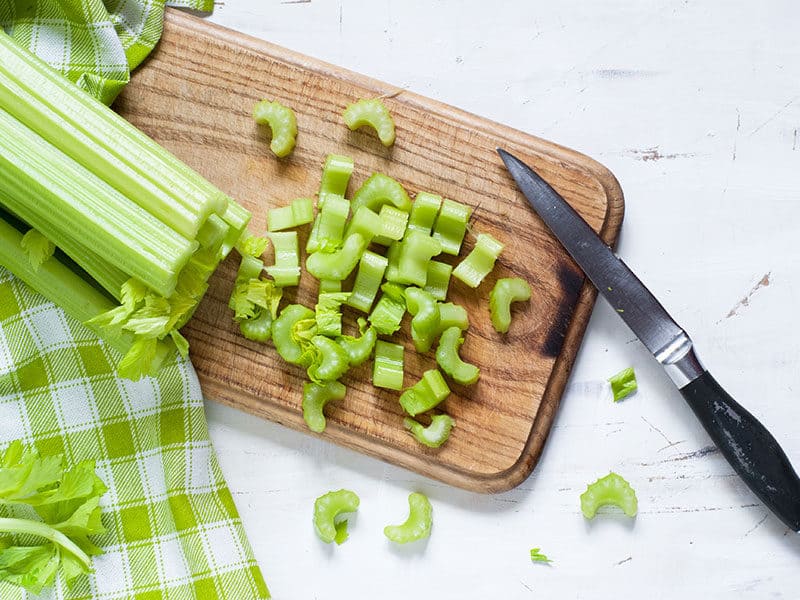
3. Blanch:
If you plan to store celery within a couple of months, your frozen celery may not need blanching, and you can skip this step.
But blanching is dispensable for more extended storage. These extra steps will prevent the enzymatic processes from causing loss of flavor, color, and texture. You
Step 1: Prepare a pot of water to boil and a bowl filled with ice water
Step 2: Plunge the cut celery into the hot water for three minutes
Step 3: Take it out of the hot water and chill it in the bowl of ice water
After cooling, drain and dry it completely on a clean kitchen towel before flash freezing.
Notes: Overblanching would be counterproductive and offer even worse results in celery, so make sure to follow the recommended blanching time.
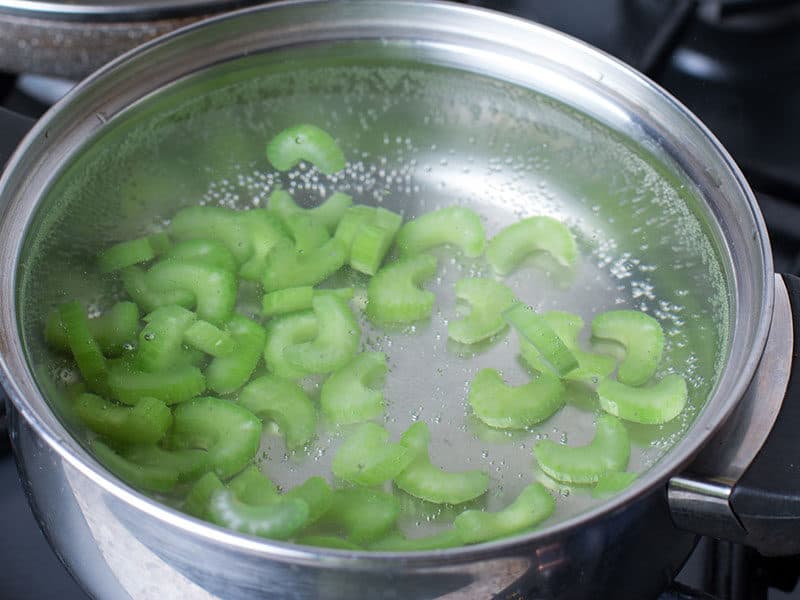
4. Flash Freeze:
Flash freezing keeps the pieces from sticking together until the final step. And whenever you need, you can get the precise amount you want without pointless efforts to separate frozen messes.
At this step, simply arrange the cut celery separately in baking paper, then let them freeze within 2 hours.
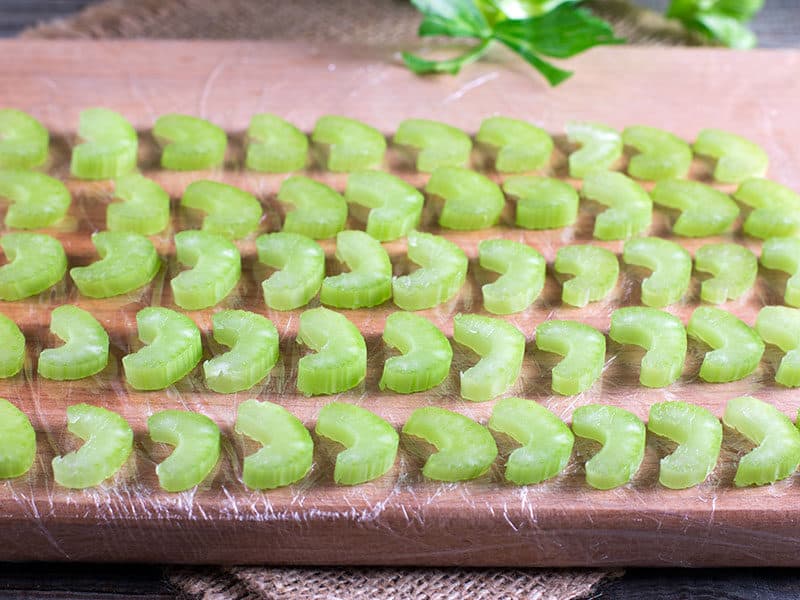
5. Package:
After freezing, you’d better transfer the frozen celery to an airtight container to bring them back to the fridge for a long-time freeze. You should use nice airtight containers for a better-organized space for your refrigerator.
A helpful tip is to create labels for each airtight container. Write down the content and date, then stick it to the containers. This one is not really a must-step, but it helps a lot when you need it for your soup.
Just look at the label and easily pick it out among those massive frozen veggies, and of course, there is no more trying to figure out the expiry date.
6. Long-Time Freeze:
Finally, store the frozen celery in the freezer. You’d better keep your freezer temperature constant so that your frozen celery can last even longer.
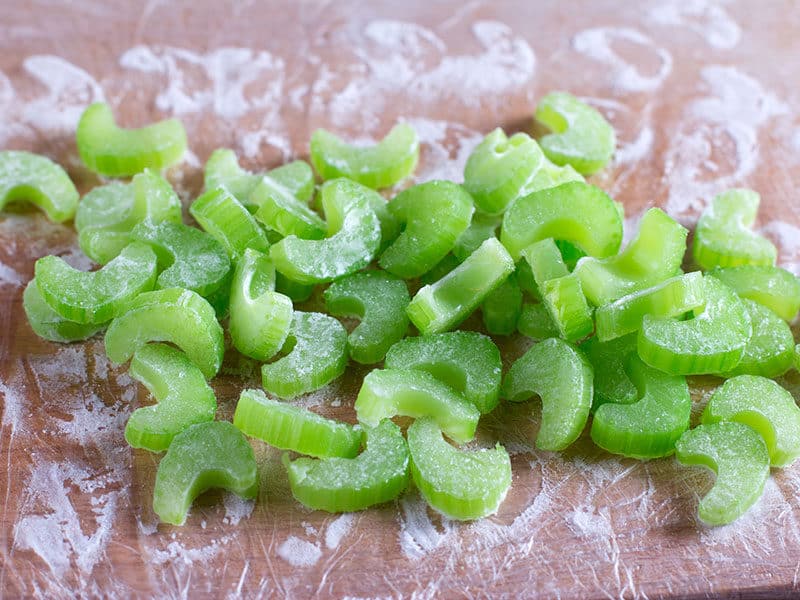
A Youtuber got a massive bunch of celery on sale in the supermarket, and she decided to freeze them all. Let’s see how she does it in the video.
How To Freeze Celery Leaves

Celery leaves can also be freezed ; there are two ways.
1. Freeze Chopped-Up Leaves
Step 1: Wash and chop the leaves up
Step 2: Place a sheet of parchment paper on a baking sheet
Step 3: Spread the leaves on the sheet as a thin layer
Step 4: Flash freeze at least 1 hour
Step 5: Package in sealed bags, label, then put in the freezer until use.
2. Freeze The Whole Leaves
Step 1: Dry celery leaves thoroughly after washing
Step 2: Twist and roll them into a cigar shape
Step 3: Gently place the rolls into the sealed bags and make sure to get all the air out.
Step 4: Label and put in the freezer for long-time storage.
Notes: The leaves should be packed carefully in sealed bags, and the bags are required to get all the air out for a better freezing process. In this situation, I recommend you choose suitable vacuum sealers for the best results.
FAQs
Indeed during the freeze celery process, you will have some wonder anyway. Therefore, I will give answers to some frequent questions in this section. Let’s begin!
Expectation vs Reality
It’s great to find out ways to freeze a vast bunch of left-over celery for long-time use. In fact, frozen celery would retain its tastes but not the crisp texture. Celery is 90% made of water which makes celery lose most of its crispness after frozen.
Therefore, I recommended using it in simmering soups, stews, stir-fries, and other cooked recipes rather than serve it raw. Smoothies and juice made from frozen celery are still significant due to their preserved flavor. Celery juice, along with some qualified juice cleanse, will help you burn fat.
Freeze celery saves your money and time to take a long way to the market to get this plant for your chicken soups. Besides, this way of storing left-over celery also reduces wasting in your kitchen. I believe my guide on how to freeze celery does enhance the lifestyle of modern housewives.
Have you tried the ways I show yet? What experiences do you have when trying this way? Don’t hide them. Feel free to comment below to share with me and others your own ideas, and let’s make the most of celery!





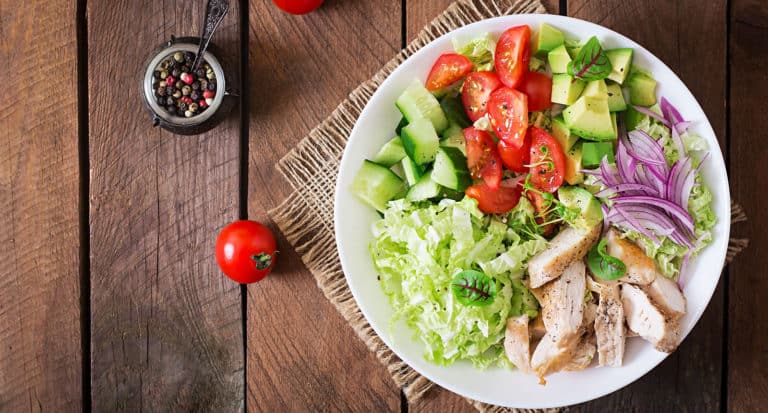
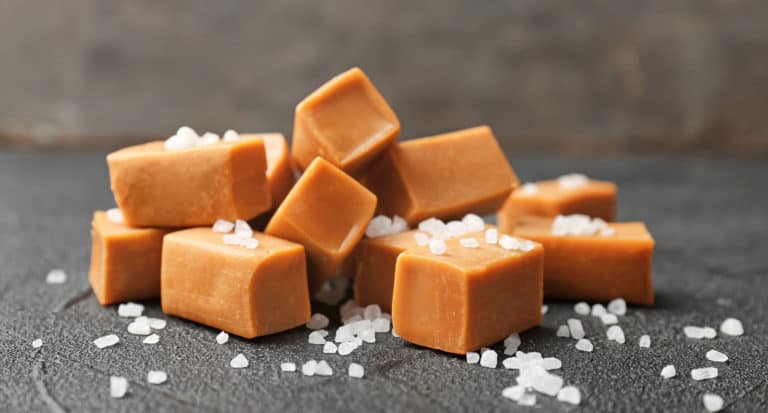
Amanda Collins
Founder and Senior Culinary Editor
Expertise
Culinary Arts and Management, Food Journalism and Critique, Recipe Development and Testing, Global Culinary Traditions, Sustainable Food Practices
Education
Institute of Culinary Education (ICE), New York, NY
Program: Diploma in Culinary Arts
Focus: Intensive hands-on training in culinary techniques, recipe development, and kitchen management, preparing students for professional roles in the culinary industry.
Monroe College, New Rochelle, NY
Program: Associate in Applied Science in Culinary Arts
Focus: Practical culinary skills, including cooking techniques, menu planning, and kitchen operations, with an emphasis on hands-on experience and industry standards.
Amanda Collins is a seasoned chef and food editor with a deep love for global flavors. Trained at the Institute of Culinary Education and Monroe College, and with over 15 years in the culinary field, Amanda has refined her skills in kitchens worldwide. Her background in food studies gives her a unique ability to share both recipes and the cultural stories that shape them.
As senior culinary editor at thebreslin.com, Amanda’s work brings authentic dishes to life, inviting readers to explore new flavors and techniques from around the globe. Her approachable style makes it easy for anyone to bring a bit of the world’s cuisine into their kitchen.